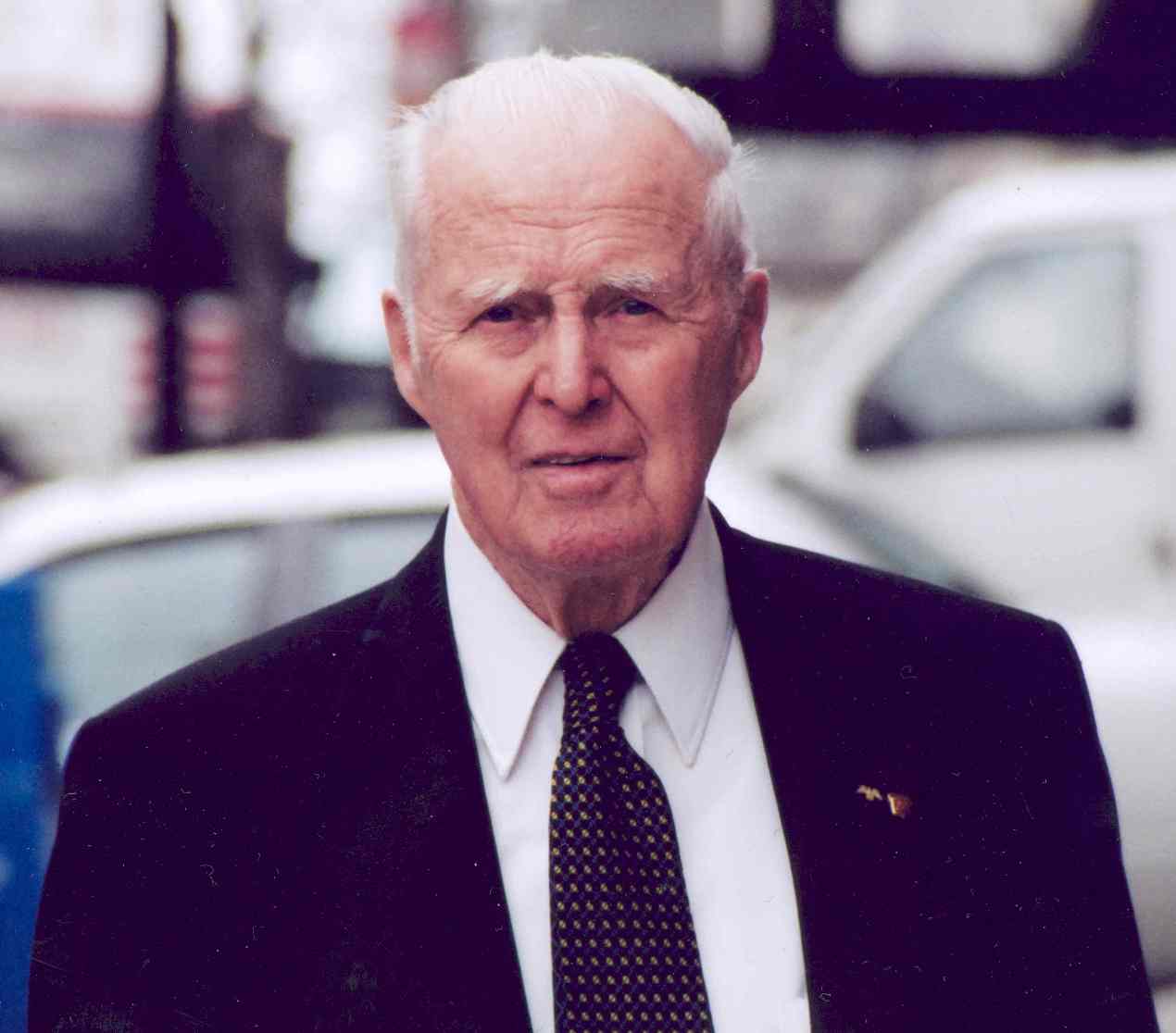Land of Broken Promises: The U.S. - Dakota War
By Luke McCrea, Grady Pemrick, and Luke Schumacher -
The U.S. - Dakota War is a dark chapter of U.S. History in which the native Dakota people were driven to a breaking point. Misstreatment by traders and the government led to an uprising resulting in the deaths of over 600 settlers and hundreds of Dakota people. The scars of this conflict still remain to this day and there are still wounds being healed.
Misstreatment of Dakota People
The Dakota people have lived in the Minnesota area for over 10,000 years they had developed strong trade relationships with European settlers long before the independence of the US their relationships with the settlers were good when they relied on trade however this soon changed when the Americans saw opportunity in the land.
In 1851, the leaders of the Dakota people in Minnesota signed… two treaties with the United States government the Treaty of Travis Des in the Treaty of mota which exchanged Dakota homelands for uh payments and uh farming equipment the promises of building schools and churches uh and a small reservation for Dakota people on which they could live.
The Dakota people who had previously relied on Hunting now became more reliant on government annuity payments to survive the government however was in the middle of a Civil War and was inconsistent in making these payments.
Dakota people who could know no longer support themselves found themselves in a more and more desperate situation where they faced starvation where they faced more constricted options as a people and where they became desperate to find solutions that would help secure themselves in the future.
George E.H. Day, a special commissioner sent from Washington to report on Indian Affairs, wrote to Abraham Lincoln saying,
The Native Americans I have visited in this state and Wisconsin have been defrauded of more than 100,000 in or during the four years past. The whole system is defective and must be revised or your red children, as they call themselves, will continue to be wronged and outraged and the just vengeance of heaven continue to be poured out and visited upon this nation for its abuses and cruelty to the Indian.
The Dakotas failed crop that year along with the refusal of traders to extend their credit led to poor conditions. More importantly, the Dakota were still waiting on their annuity payment which had been delayed by the government and on which they heavily relied.
On August 17th, 1862 four Dakota men of the Lower Sioux were on their way home from hunting near Acton Township. They engaged in a conflict killing some settlers. Without meaning, they had started a war. The men fled to the Dakota camp where the chiefs engaged in discussion. Many, especially the younger Braves, were tired of their mistreatment and wanted War. Others advocated for peace. During their discussions it appeared as though the peace chiefs would win. Among these chiefs was Little Crow. Little Crow was the most influential of the Chiefs and always preferred to negotiate with the government through treaties. He faced pressure from both sides, however, and spoke to the young Braves saying,
Braves you are little children you are fools. You will die like the rabbits when the hungry wolves hunt them in the hard moon. Taoyateduta is not a coward; he will die with you.
The War
That day, the months late annuity payment which the Dakota were awaiting had arrived at nearby Fort Ridgely - just too late to prevent the violence. The Dakota first attacked the Lower Agency of the Sioux killing the traders, taking prisoners, stealing goods, and burning the settlement. War parties ravaged the countryside attacking small homesteads and settlements. More than 200 settlers were killed and over 200 others were taken prisoner. On August 19, the word of the outbreak had spread. Governor Ramsey was forced to take action immediately appointing Henry H. Sibley in charge of a group of militia tasked with suppressing the uprising. Sibley was a former trader who knew the Dakota people well. He accepted the position, writing to the governor, “My heart is steeled against them, and if I have the means, and can catch them, I will sweep them with the besom of death.”
Many settlers fled to the nearby Fort Ridgely. The Fort was open and lay in a vulnerable location. In addition to this, several men had died a few days earlier in a small party that had attempted to suppress the rebellion. On August 20th, a party of roughly 400 Dakota men attacked the Fort. Despite being outnumbered, the soldiers kept the warriors at bay only suffering 3 casualties. The Dakota attacked once more and were again defeated.
After their defeat at New Ulm, over 600 Dakota warriors attacked the town of New Ulm which they had previously failed to overtake. The residents of the town were again able to stand their ground forcing the Dakota to retreat. The town was evacuated after the battle.
As the conflict raged on, the tides of War began to turn shaping the fate of the Dakota people. Chief little crow made the tough decision to lead their people westward in search of safety and a new beginning meanwhile a Dakota peace party made up of some people who wanted to end the fighting engaged in discussions with Henry H. Sibley who had been appointed to suppress the uprising. Their goal was to bring an end to the fighting and secure the release of prisoners. In a dignified act, the Dakota peace party surrendered the prisoners to Sibley marking an important moment in the aftermath of the war. Those who surrendered were taken captive and held at Fort Snelling or put on trial.
Aftermath
In a military Court, 392 Dakota men were tried and 303 of those men were sentenced to death. Some of these trials did not even last 5 minutes. The court, unsure of their authority to execute these men, held them while they awaited news from higher authority. While many settlers were angry and wanted these men executed others saw their unfair treatment and advocated for their release. President Abraham Lincoln would later commute the sentences of most of these people. Only 38 would remain to be executed.
On December 26th 1862, in Mankato, Minnesota, 38 men were hung. This would be the largest mass execution in US history.
After arresting Dakota Warriors, Henry Sibley ordered his forces to round up all of the Dakota non-combatants, more than 1600 mostly women children and the elderly. They were all forcibly marched to Fort Snelling where they were placed in a wooden Stockade. The conditions at The Stockade at Fort Snelling were brutal. If you can imagine there were more than 1,600 mostly women children and elderly Dakota people who were confined in a very small space at the base of Fort Snelling over a very difficult winter The camp was racked with starvation and disease and disease outbreaks such as measles claimed the lives of more than 500 Dakota people over the winter. In the spring, many of the survivors were forcibly placed onto steamboats and shipped into exile outside of the boundaries of Minnesota forever.
Once they arrived on the reservation land, they were pressured to assimilate to the white people’s ways. Not long after, the land was open to white settlers. The Dakota people were once again overrun.
During the war, over 600 settlers died. Almost 100 Dakota died during the war with hundreds more dying at Fort Snelling and on their new reservations. Decades later some of the Dakota were able to return to their land yet some scars of the war still remain.
For Dakota people, this is an enduring catastrophe. The the legacy of being in displacement has not gone away because they were removed from their homeland. Because of the trauma that took place, Dakota people still suffer intergenerational trauma today and it’s only by working very closely with the Dakota people to reclaim culture to reclaim Homeland do we try to build some healing and Reconciliation.
Even today you live in the United States of Dakota all of this is Dakota Territory

